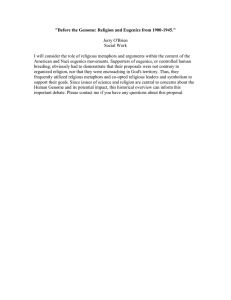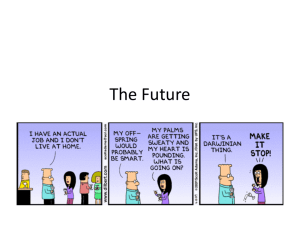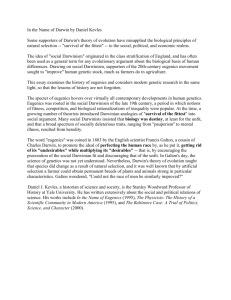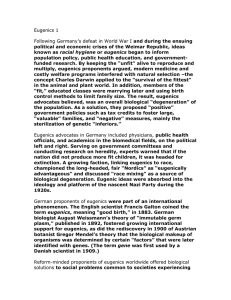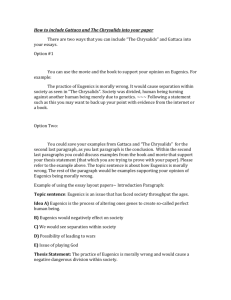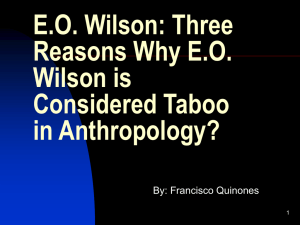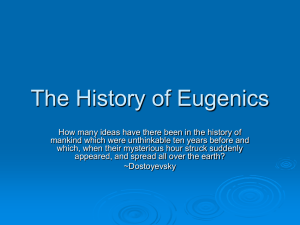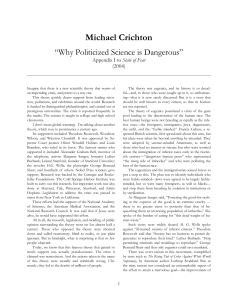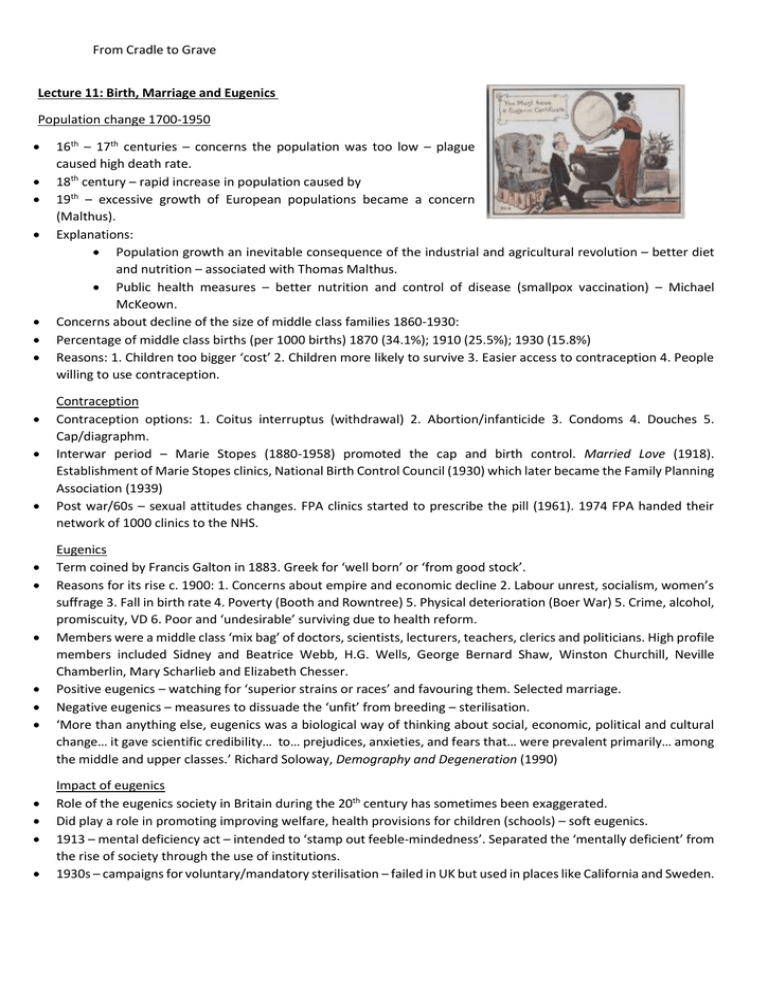
From Cradle to Grave
Lecture 11: Birth, Marriage and Eugenics
Population change 1700-1950
16th – 17th centuries – concerns the population was too low – plague
caused high death rate.
18th century – rapid increase in population caused by
19th – excessive growth of European populations became a concern
(Malthus).
Explanations:
Population growth an inevitable consequence of the industrial and agricultural revolution – better diet
and nutrition – associated with Thomas Malthus.
Public health measures – better nutrition and control of disease (smallpox vaccination) – Michael
McKeown.
Concerns about decline of the size of middle class families 1860-1930:
Percentage of middle class births (per 1000 births) 1870 (34.1%); 1910 (25.5%); 1930 (15.8%)
Reasons: 1. Children too bigger ‘cost’ 2. Children more likely to survive 3. Easier access to contraception 4. People
willing to use contraception.
Contraception
Contraception options: 1. Coitus interruptus (withdrawal) 2. Abortion/infanticide 3. Condoms 4. Douches 5.
Cap/diagraphm.
Interwar period – Marie Stopes (1880-1958) promoted the cap and birth control. Married Love (1918).
Establishment of Marie Stopes clinics, National Birth Control Council (1930) which later became the Family Planning
Association (1939)
Post war/60s – sexual attitudes changes. FPA clinics started to prescribe the pill (1961). 1974 FPA handed their
network of 1000 clinics to the NHS.
Eugenics
Term coined by Francis Galton in 1883. Greek for ‘well born’ or ‘from good stock’.
Reasons for its rise c. 1900: 1. Concerns about empire and economic decline 2. Labour unrest, socialism, women’s
suffrage 3. Fall in birth rate 4. Poverty (Booth and Rowntree) 5. Physical deterioration (Boer War) 5. Crime, alcohol,
promiscuity, VD 6. Poor and ‘undesirable’ surviving due to health reform.
Members were a middle class ‘mix bag’ of doctors, scientists, lecturers, teachers, clerics and politicians. High profile
members included Sidney and Beatrice Webb, H.G. Wells, George Bernard Shaw, Winston Churchill, Neville
Chamberlin, Mary Scharlieb and Elizabeth Chesser.
Positive eugenics – watching for ‘superior strains or races’ and favouring them. Selected marriage.
Negative eugenics – measures to dissuade the ‘unfit’ from breeding – sterilisation.
‘More than anything else, eugenics was a biological way of thinking about social, economic, political and cultural
change… it gave scientific credibility… to… prejudices, anxieties, and fears that… were prevalent primarily… among
the middle and upper classes.’ Richard Soloway, Demography and Degeneration (1990)
Impact of eugenics
Role of the eugenics society in Britain during the 20th century has sometimes been exaggerated.
Did play a role in promoting improving welfare, health provisions for children (schools) – soft eugenics.
1913 – mental deficiency act – intended to ‘stamp out feeble-mindedness’. Separated the ‘mentally deficient’ from
the rise of society through the use of institutions.
1930s – campaigns for voluntary/mandatory sterilisation – failed in UK but used in places like California and Sweden.

